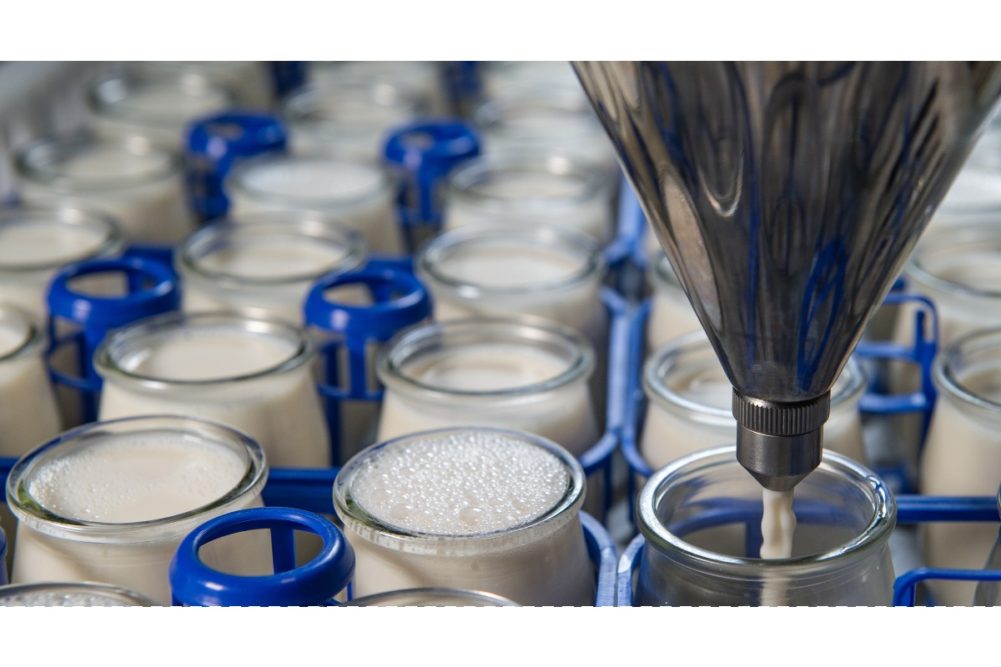In 2023, the dairy industry has the opportunity to focus on growth and profitability for dairy farms and dairy processors following years of volatility. And your associations have the opportunity to lead efforts to amend federal milk marketing orders and smooth the road to success.
Signs of potential for growth and profitability include:
• US dairy exports were up 4% in 2022, through November, and cheese moving outside our borders continues a nonstop growth streak since mid-2021. The US exported 915 million pounds through November, a record month in a record year for cheese, yet at 7% of US cheese production, the promise for future cheese exports is enormous.
• Fourth quarter domestic cheese sales at retail beat the annual sales average for 2022, down just 0.5% from the year before compared to down 1.1% in the full year impacted by inflation. These 2022 consumer sales are still far above cheese sales in 2019 (pre-COVID), and retail dairy inflation numbers are now beginning to drop.
As the industry seizes opportunities presented by worldwide and domestic markets, some energy will be expended turning inward to wrestle with the levers of the nation’s 90-year-old milk pooling and pricing system. Thankfully, trade groups have announced common ground on nuances of mandatory milk price formulas, but there’s little hope for a complete rethinking of dairy pricing strategies in a growing global marketplace.
A dangerous problem
In federal milk marketing order regions, milk buyers such as bottling plants and cheese manufacturers face government-set minimum prices for farm milk derived from complex formulas that try to translate the value of a few commodity dairy products into mandatory milk prices. Milk buyers pay the full value of these dairy commodities to dairy farmers in classified milk prices, keeping only a government-set allowance for themselves – the make allowance.
 John Umhoefer, executive director, Wisconsin Cheese Makers Association (Photo: WCMA)
John Umhoefer, executive director, Wisconsin Cheese Makers Association (Photo: WCMA)Make allowances should reflect changing costs that dairy manufacturers face so they can pay their workers competitive wages, keep up with rising energy, ingredient and packaging costs, create new products, grow their marketing and advertising, and invest in their businesses.
But the US Department of Agriculture last decided to change make allowances in 2008, and in its 15-year-old decision USDA pointed out a key problem: “Plant manufacturing cost increases may not be recovered because Class III and Class IV product-price formulas use make allowances that are fixed regardless of market conditions and change only by regulatory action.”
These 15-year-old allowances, built from even older cost data and not revisited by USDA since, are dangerously out of date.
It’s a fundamental problem that arises from layering inflexible regulation over a free market. In theory, updating make allowances is easy: survey dairy plants every year or two, learn the costs they face, and announce new allowances for cheesemakers, butter makers, whey processors and nonfat dry milk driers.
But the result – changing milk prices even with honest, dispassionate surveys or audits of dairy plant costs – steps into the politics of pocketbooks. Federal law demands this clunky, inflexible system, but there’s nothing to force it to remain up to date: this 90-year-old train squeaks along its tracks with no scheduled maintenance plan.
A necessary fix
Wisconsin Cheese Makers Association will work to focus industry attention on make allowances in 2023, making updates a key component of a national hearing on reform ideas for federal milk marketing orders. The impact of this 15-year delay can be subtle, but signs are there: the steep decline in milk price premiums in the Upper Midwest, deductions on farm milk checks, the rise of processing in regions with no federal milk marketing orders.
Less tangible is the negative impact of crippling costs on research and development, reinvestment in dairy plants and equipment, and consumer research and marketing. What growth and innovation has dairy missed while it tightened its belt each year? Which way are bottled milk sales headed in this inflexible, government-mandated scheme?
It’s true that cheese sales continue to shine. Thank consumers for their love of great American-made cheeses. Free market demand is pulling dairy to greater heights, and the dairy industry succeeds in spite of its regulatory shackles, not because of them.
WCMA believes that USDA must move as quickly as possible to update the make allowances embedded in the Class III and Class IV milk price formulas.
A few years ago, USDA retained Dr. Mark Stephenson to conduct an updated survey of dairy plant costs. That study was published in February 2022, based on 2019 data. Stephenson found cheese manufacturing costs reaching nearly 25 cents per pound vs. the standing 15-year-old allowance of 20 cents.
If industry can gain a national hearing to update make allowances, WCMA will ask USDA to consider an updated version of this USDA-commissioned study. WCMA and the International Dairy Foods Association have commissioned Dr. Stephenson to update his study with 2022 data.
In addition to Dr. Stephenson’s study, USDA can learn details of a current cost study by Dr. William Schiek, CEO of the Dairy Institute of California. Dr. Schiek’s most current projections, based on historical data collected by the California Department of Food and Agriculture and updated with current cost indices, provides another look at the 2022 costs to manufacture cheddar cheese, dry whey, butter and nonfat dry milk. Dr. Schiek has determined that the cost to manufacture cheddar cheese has risen 51%, dry whey has risen 49%, butter has risen 39%, and nonfat dry milk has risen 59% compared to the current make allowance values.
Reforming make allowances with new data is a crucial update for our government-controlled milk price formulas, and other fixes for federal orders are certainly welcome. But as the dairy industry turns inward to tinker with this old system, at least as much effort should be put into devising a new, market-driven plan to set America on a course to lead worldwide sales of dairy products.
– Wisconsin Cheese Makers Association (WCMA) has encouraged and supported growth in the nation’s dairy industry through advocacy, education and healthy competition and collaboration since 1891.

